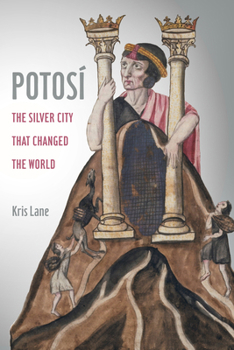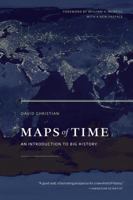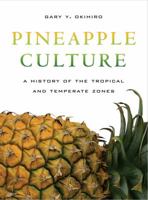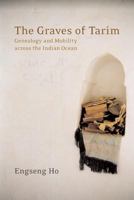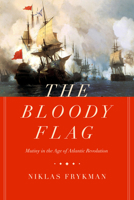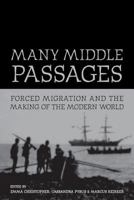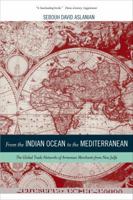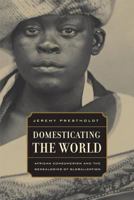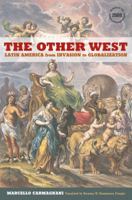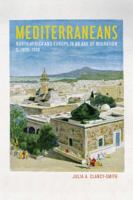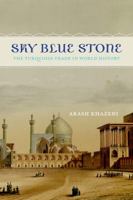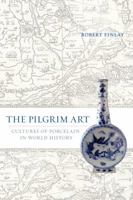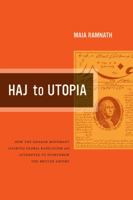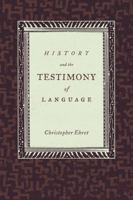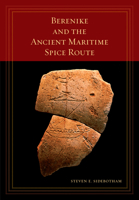Potosi: The Silver City That Changed the World Volume 27
(Part of the California World History Library Series)
Select Format
Select Condition 
Book Overview
"For anyone who wants to learn about the rise and decline of Potos? as a city . . . Lane's book is the ideal place to begin."--The New York Review of Books In 1545, a native Andean prospector hit pay dirt on a desolate red mountain in highland Bolivia. There followed the world's greatest silver bonanza, making the Cerro Rico or "Rich Hill" and the Imperial Villa of Potos? instant legends, famous from Istanbul to Beijing. The...
Format:Paperback
Language:English
ISBN:0520383354
ISBN13:9780520383357
Release Date:March 2021
Publisher:University of California Press
Length:272 Pages
Weight:0.99 lbs.
Dimensions:0.8" x 6.0" x 8.9"
Customer Reviews
4 customer ratings | 4 reviews
There are currently no reviews. Be the first to review this work.








